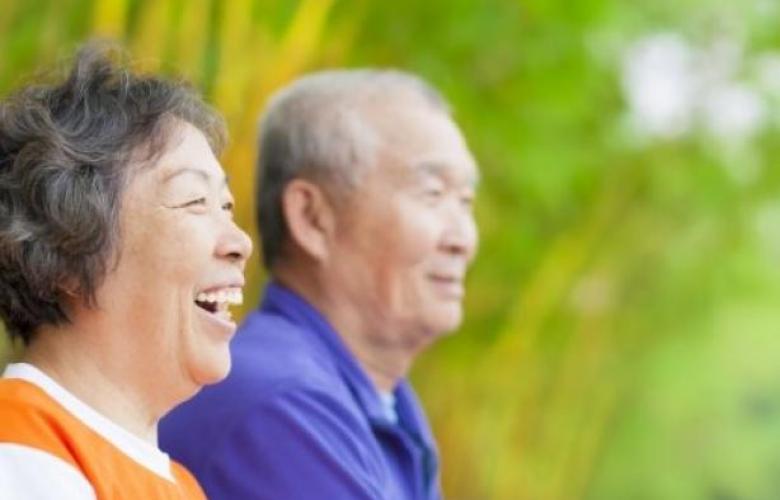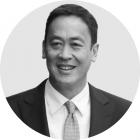The new challenge of housing Asia’s aging population
Contact
The new challenge of housing Asia’s aging population
With Asia-Pacific’s elderly population expected to swell by almost five times by 2050 and family dynamics changing fast, the region is facing tough new challenges in how to house and care for the older generation.
In 1990, the average Chinese citizen could expect to live until age 69. By 2013, the life expectancy at birth had increased to 75 years, according to a 2015 World Health Organization (WHO) report. The same phenomenon is taking place in Japan, where life expectancy increased by five years over the same period, creating a sizeable cohort of senior citizens.
The United Nations also estimates that by 2050, almost two-thirds of the world’s senior citizens will be living in the Asia-Pacific region, with forecasts putting the region’s elderly population at 2.5 billion, compared to 533 million seniors in 2015.
At the same time, Asian society is moving away from the traditional belief that elderly parents should live with their children when they are no longer capable of looking after themselves, observes JLL Australia’s Head of Social Infrastructure Noral Wild.
“Among the factors contributing to the shift are housing affordability pressures and greater mobility of workers, which see them seeking jobs in cities and even countries other than where their parents live,” she says.
A new reality is disrupting old stereotypes
“Affordability pressures have also increased the need for greater participation of women in the workforce. As a result there is no longer someone available during the day to take care of elderly parents in the home,” explains Wild.
Additionally, while improved access to healthcare is helping to keep the elderly alive for longer, it does not always follow that they remain self-sufficient as the older they get, the more dependent they become on carers.
“With a rise in more complicated behavioral diseases in the elderly such as dementia, children no longer have the skills to take care of parents in their own homes,” adds Wild.
All these changes mean that today’s society is becoming more aware of the benefits of housing senior citizens in purpose-built accommodation that provides the required level of care services and offers a better quality of life.
“Worldwide, the most successful care facilities are not always the newest or the most modern. Rather, they are the ones that have the ability to create a sense of community and well-being in their residents, and those that visitors consider have a positive ambience,” says Wild.
She also points to the growing preference for ‘aging in place’, where seniors prefer to live in their own homes for as long as possible, supported by technology that provides remote yet comprehensive patient monitoring and sometimes, even robotic care, where ‘RoboCoaches’ lead fitness classes, for example.
Are developers keeping pace with the aging population’s needs?
Ageing Asia’s 2016 Innovation Forum, themed around ‘Integrated Care and Ageing Friendly Communities’, estimates Asia-Pacific’s aging market to be worth US$3.3 trillion.
What is worrying is that the development of senior housing facilities is not keeping pace with the growth of the aging population.
“In the Asia-Pacific region, there is a limited number of developers who are specializing in this sector, says Wild. However, now those who traditionally focused on residential and hotel development are turning their attention to the opportunities presented by the seniors living sector.
“The key to developers being successful in this sector is ensuring they partner with operators who can deliver the appropriate management and care services required once the project is occupied,” says Wild.
There are existing models in the market such as Singapore’s SilverCOVE, a senior wellness centre that supports the elderly who live in apartments nearby with an alert alarm system in every unit and offers a range of services that meets their social, physical and mental needs.
But the elderly care space is still an area which needs innovative solutions to address the challenge of looking after the region’s aging population. Indeed, the care service offering is one of the largest growth areas in established markets such as Australia and New Zealand, and Wild points out that the time is right for emerging markets like Thailand to incorporate this into new developments, which will entail “a full integration of independent living through to full nursing care available within a single development”.
The future is about braving a new world where the challenge of housing a growing older population is only going to increase.
This article was written by JLL.










